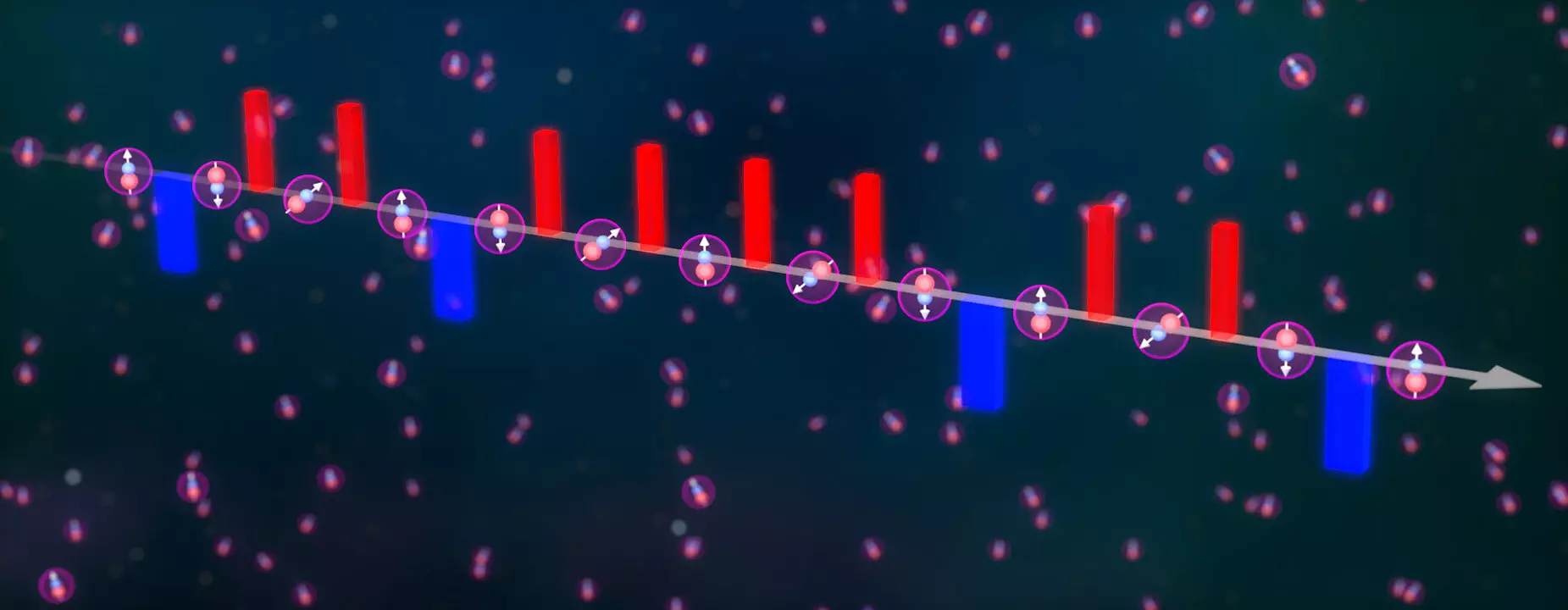The field of quantum physics is at the forefront of modern scientific exploration, particularly in understanding intricate phenomena that arise from the interactions of quantum spins. These interactions manifest observable properties in materials, such as superconductivity and magnetism. Despite the theoretical underpinnings being well established, achieving precise control over quantum spin systems in laboratory settings remains a significant challenge. Recent research led by Jun Ye from JILA and NIST, in collaboration with Harvard’s Mikhail Lukin, has made a groundbreaking advancement in this area by utilizing a novel method called Floquet engineering.
Floquet engineering involves the use of periodic microwave pulses to modulate quantum interactions in a system. This technique is comparable to a strobe light, which can manipulate temporal perceptions of motion. By adjusting the frequency and duration of these pulses, scientists can dynamically control quantum states in ultracold potassium-rubidium molecules. This study demonstrates how these periodic pulses allow researchers to explore the behaviors of quantum systems that were previously challenging to replicate, thus opening the door to novel quantum simulations.
One of the central goals of the research was to induce specific types of interactions between the polar molecules that are vital for future quantum technologies. The study highlights the potential of these interactions to create entangled states, which are essential for advanced quantum sensing applications.
To delve deeper into the interactions between these molecules, researchers initiated their experiment by encoding quantum information into the two lowest rotational states of the potassium-rubidium molecules. This was accomplished with an initial microwave pulse that placed the molecules into a superposition of their quantum states. Following this encoding, the team expertly applied the Floquet engineering technique to manipulate the interactions of the molecules according to the XXZ and XYZ spin models.
Visualizing these molecular interactions can illuminate the concept behind the spins’ dynamics. Imagine these particles as dancers on a floor; their movements are dictated by their ‘dance partners.’ The interactions can be seen as either pulling or pushing against each other, which in quantum terms translates to fluctuations in spin orientations. The researchers succeeded in demonstrating that their Floquet engineering approach elicited spin dynamics that paralleled those generated by traditional techniques involving electric fields, showcasing its versatility and efficiency.
Two-Axis Twisting: A Breakthrough Observation
A crucial aspect of the study was its observation of two-axis twisting dynamics, a phenomenon that significantly contributes to the generation of highly entangled states. Observing quantum states in this manner is akin to tuning two competing frequencies in a musical ensemble, where precision and harmony lead to a profound effect on the overall experience. This type of twisting enables reduced quantum uncertainty in one component of the spin system at the cost of increased uncertainty in another, culminating in heightened sensitivity for measurements in quantum experiments.
The implications of these findings resonate far beyond basic physics; they present potential advancements in precision measurement technologies, particularly in spectroscopy. Researchers were thrilled to identify the initial signatures of two-axis twisting, validating the efficacy of their innovative methods. The experimental success in realizing this long-theorized concept underscores the ongoing evolution of quantum techniques that have previously been restricted to theoretical discourse.
The study not only contributes to our understanding of quantum spin interactions but also lays the groundwork for exploring further potential applications in quantum technology. The successful application of these experimental techniques paves the way for the creation of entangled states, which are crucial for the development of advanced quantum sensors. Future research is directed towards refining detection methods, enabling scientists to confirm the generation of entangled states, thus driving the field forward.
Additionally, other avenues of exploration related to quantum entanglement and control are being pursued by teams at JILA and NIST, highlighting a rapidly advancing landscape. As research continues to unfold, the interplay between theory and experimental innovation promises to unlock new insights into quantum systems, enhancing our understanding of the quantum realm.
This groundbreaking research not only provides essential tools for manipulating quantum systems but also rekindles interest in the diverse applications that arise from understanding quantum spin interactions. The realm of quantum physics, with its complexities and nuances, stands on the brink of revolutionary advancements, driven by the innovative applications of concepts like Floquet engineering and two-axis twisting.


Leave a Reply